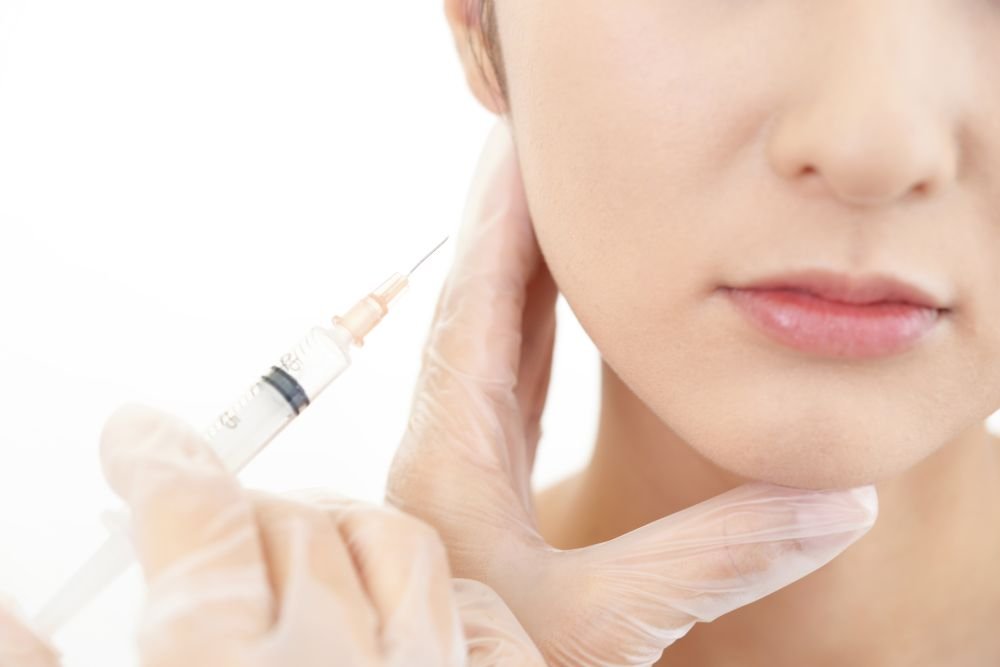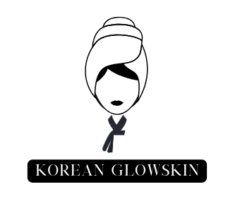Have you ever wondered if Botox in the jaw can change the shape of your face? This question has emerged frequently, particularly among individuals considering cosmetic enhancements. The advent of non-surgical facial treatments has shifted the paradigm of aesthetic corrections, and Botox, particularly in the jaw, has become a topic of keen interest. In this article, I will delve into the intricacies of Botox treatments in the jaw area, explore its effects on face shape, and discuss the broader implications of this cosmetic procedure.
Understanding Botox
What is Botox?
Botox, or Botulinum Toxin, is a neurotoxic protein produced by the bacterium Clostridium botulinum. While its name may sound alarming, Botox has been extensively used in medicine and cosmetology for its ability to induce temporary muscle paralysis. When injected in small, controlled amounts, it can soften wrinkles and lines by preventing muscle contractions.
Mechanism of Action
Botox works by blocking signals from the nerves to the muscles. When the injected muscles can no longer contract, the wrinkles relax and soften. This temporary muscle relaxation not only rejuvenates the appearance but can also change the dynamics of muscle function, which is a crucial aspect when considering Botox for the jaw.
Botox in the Jaw: The Masseter Muscle

Anatomy of the Masseter Muscle
The masseter is one of the primary muscles responsible for chewing. It spans from the cheekbone down to the lower jaw and is one of the strongest muscles in the human body by weight. Enlargement of this muscle can lead to a square or overly pronounced jawline.
| Muscle | Location | Function |
|---|---|---|
| Masseter | Cheekbone to Lower Jaw | Chewing, Clenching |
Causes of Masseter Hypertrophy
Masseter hypertrophy, or the enlargement of the masseter muscle, can occur due to habitual behaviors such as teeth grinding (bruxism) or excessive gum chewing. It can also be a genetic trait. This muscle hypertrophy can contribute to a wider, more masculine jawline in some individuals.
How Botox is Used in the Jaw
Botox for Jawline Slimming
Botox injections can be strategically administered into the masseter muscle to cause a reduction in its size. This process, known as masseter reduction, can gradually lead to a slimmer jawline.
The Procedure
The application of Botox in the jaw is a relatively quick outpatient procedure. Here are the general steps involved:
- Consultation: Discussion of goals and assessment of jaw muscle.
- Preparation: Cleaning the injection area.
- Injection: Botox is precisely injected into the masseter muscle.
- Post-care: Instructions on post-procedure care.
Expected Results
| Timeframe | What to Expect |
|---|---|
| Immediate | Minimal difference, slight discomfort |
| 1-2 Weeks | Gradual muscle relaxation |
| 2-3 Months | Visible slimming of the jawline |
| 4-6 Months | Muscle activity returns, results fade |
Results can vary based on individual muscle response and the skill of the practitioner. Generally, the muscle size reduction becomes noticeable within a few weeks to months and can last for several months before re-treatment is required.

Effects on Face Shape
Aesthetic Changes
Reduction of masseter muscle size can transform a face from a broader, square shape to a more V-shaped or oval appearance. This change is especially desired by individuals seeking to soften their jawline and achieve a more elongated, feminine look.
Functional Changes
While primarily aesthetic, reducing masseter size can also relieve symptoms of bruxism or teeth grinding. Additionally, patients have reported reduced tension headaches associated with intense jaw clenching.

Safety and Considerations
Potential Side Effects
While Botox is generally considered safe, potential side effects include:
- Temporary bruising or swelling at the injection site
- Asymmetry in facial expressions
- Difficulty in chewing (if nearby muscles are affected)
Longevity and Maintenance
Botox effects are temporary and typically last between 3 to 6 months. Regular maintenance treatments are necessary to sustain the desired facial shape.
Contraindications
Certain conditions may preclude individuals from receiving Botox in the jaw:
- Neuromuscular disorders
- Pregnancy or breastfeeding
- Allergies to Botox components
Choosing a Qualified Practitioner
Importance of Expertise
Selecting a qualified practitioner is paramount to ensure both safety and the effectiveness of the procedure. Look for professionals with:
- Certification in dermatology or plastic surgery
- Extensive experience with Botox injections
- Positive patient reviews and before-and-after photos
Questions to Ask
| Question | Reason |
|---|---|
| What is your experience with Botox in the jaw? | Understand practitioner expertise |
| Can you provide before-and-after photos? | Visualize potential outcomes |
| What should I expect during the recovery? | Prepare for post-procedure care |
| What are the costs involved? | Financial planning and budgeting |
Conclusion
Botox in the jaw can indeed alter the face shape, primarily through the reduction of the masseter muscle size, leading to a more refined and slimmer jawline. Whether driven by aesthetic desires or functional needs, this treatment has gained popularity for its relatively quick and non-invasive nature. However, it is crucial to approach the decision well-informed and consult with adept professionals to ensure optimal results.
Understanding the nuances of this procedure, from the anatomical implications to the technical intricacies, empowers individuals to make educated choices about their cosmetic journey. With the proper knowledge and expertise, achieving desired facial aesthetics through Botox in the jaw is a realistic and attainable goal.

